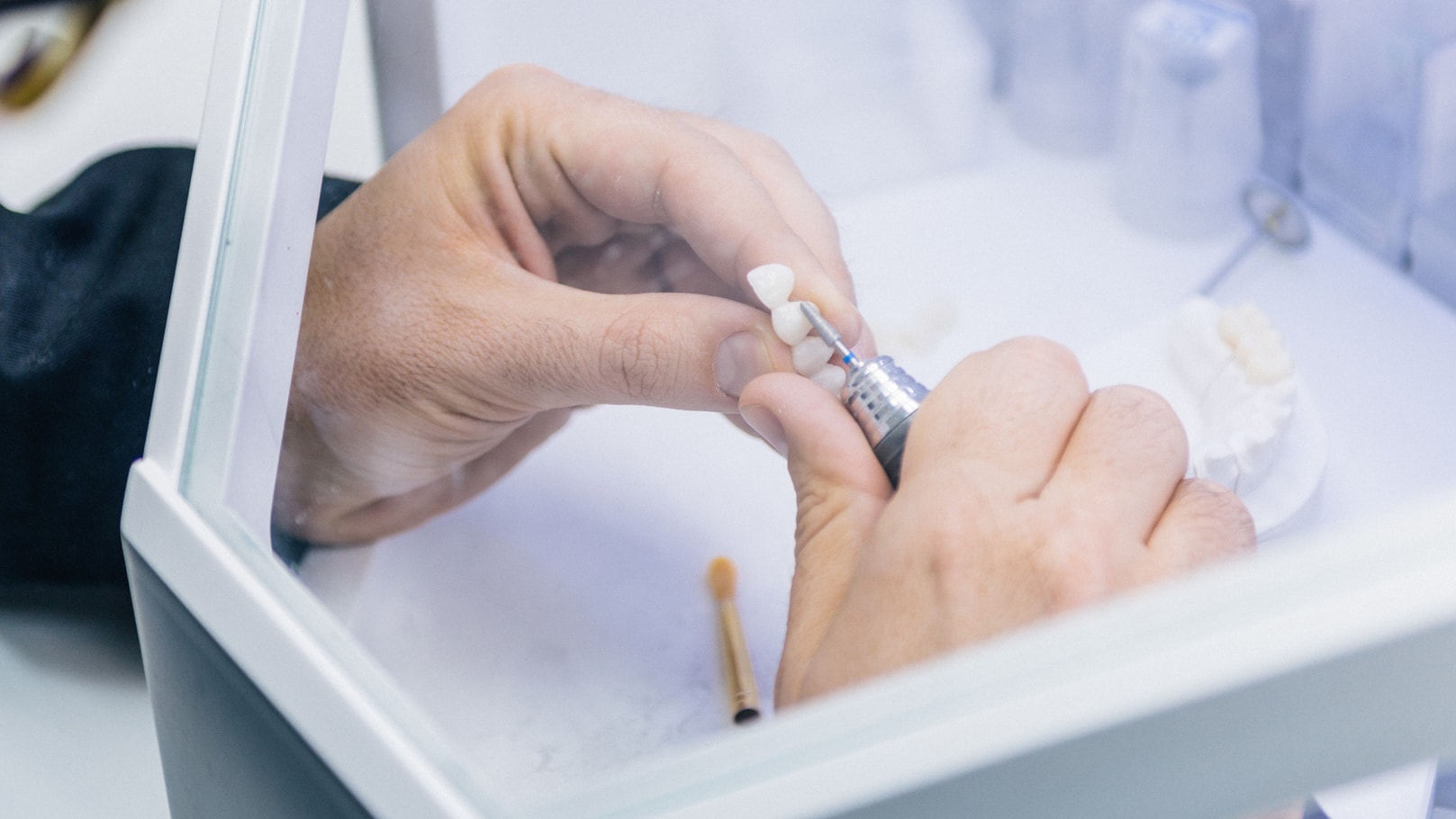A gingival graft, or gum graft can be performed as connective-tissue grafts and pedicle grafts. Connective-tissue grafts involve cutting a flap of skin from the roof of the mouth. The subepithelial connective tissue under the flap is removed and stitched to the gum tissue surrounding the exposed root. After the graft has been removed from under the palatal flap, it is stitched. Pedicle grafts involve grafting tissue from the gum near the damaged tooth. The flap is partially cut in such a way that an edge still remains attached. The gum is pulled down to cover the exposed root and then sewn into place.



